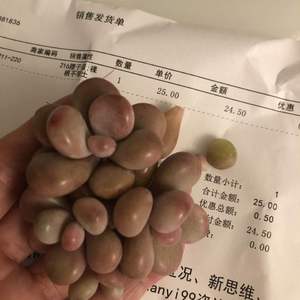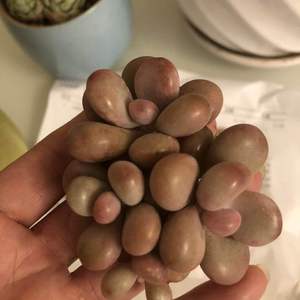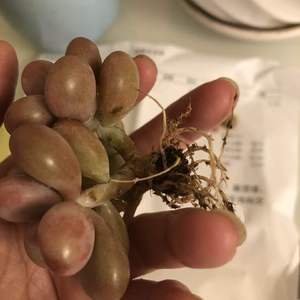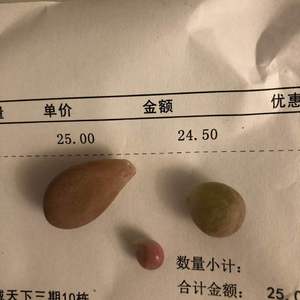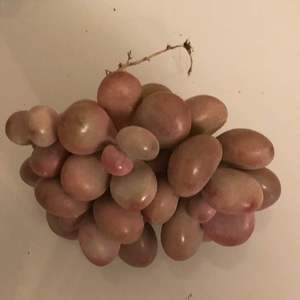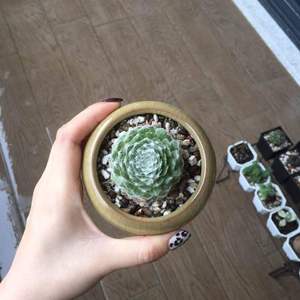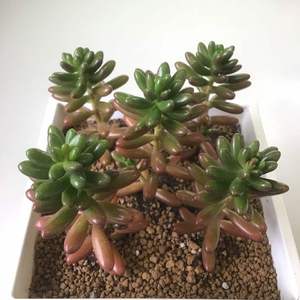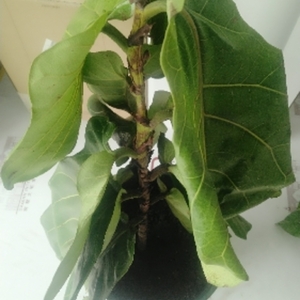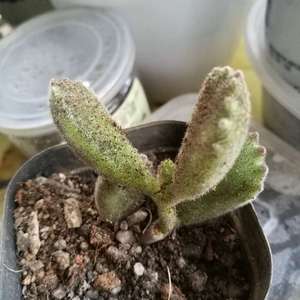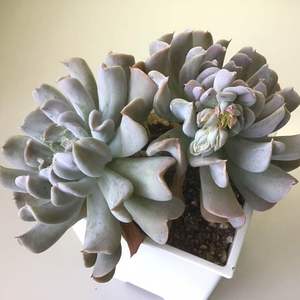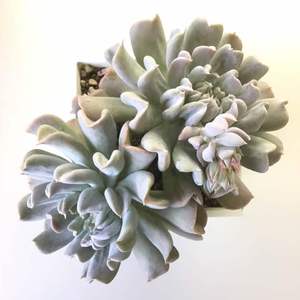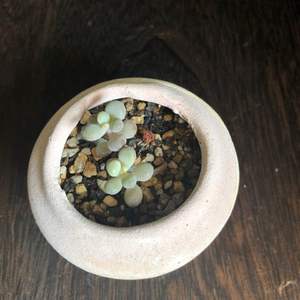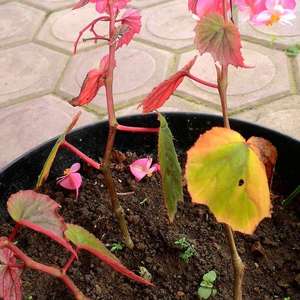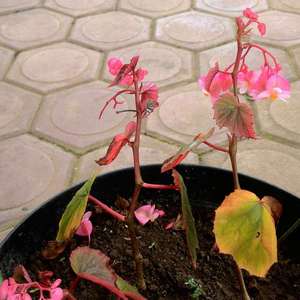求助
Tim🌳
2018年10月14日

11号收到的春雨,浇透水了,用的是通用营养土,14号的时候发现它变成这个样子,想确认一下他还有没有做的,可能是哪边出了问题。


0
0
sunnyzou:盆栽苗过来的吗
文章
权问薇
2018年10月09日


夏菊剃个头,3个月长成大花球
花花就拿夏菊中的名流千秋来说,它能从5月开到11月,花期超级的长,而想要它长成大花球,秘诀就在于修剪。
一般每年进行三次修剪,两次花期后要重剪,像图中这盆名流千秋,在夏季花败后进行剃头,只留下10cm左右的枝干。
你能想象到,半个月它就可以重新长出来,并且叶片布满花盆,似乎已经预见了它开花的样子。
3个月,我们就能够迎来它第二次的花期,10月份,又是一团大花球,等到光照减弱天气转凉,白白的小菊花还能转成粉色。
第二次花败后,我们再进行一次重剪,重复夏季花败后的操作,待春季回暖,植株长出花苞前进行轻剪打顶促分枝,夏天又能长成大花球。
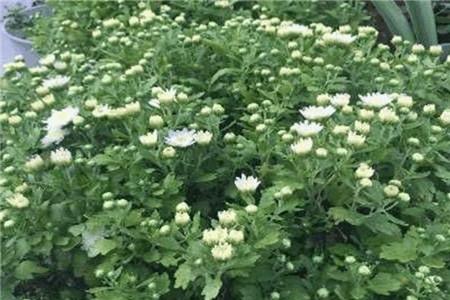
三角梅修剪,促生长不掉叶
三角梅现在属于盛花期,我们在赏完花后,要根据植株的情况进行修剪。
像一些过密的内膛枝条、枯萎弱小的枝条、徒长的枝条都要修剪掉,否则光照进不去,很容易造成叶片大量的脱落。
我们保留的枝条也可在30cm处剪去顶稍,同时将植株的侧枝剪短,促进小三儿多发新枝。
如果是株龄较大的三角梅,我们可以适当重剪,每一个主枝保留最下面2~3个芽,其它的枝条全部修剪掉,促进植株更新复壮。
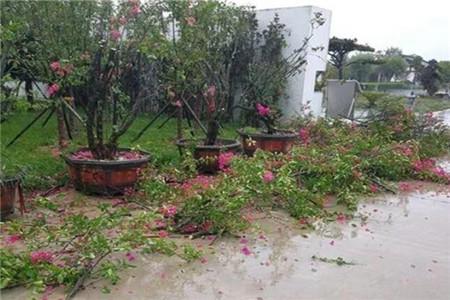
矮牵牛修剪,1个月胖成球
想要矮牵牛爆盆,最主要的就是进行修剪,摘心,促进分枝,控制它的生长方向。
在修剪时,要注意控制它的形状,保证能修剪出一个球形,每个枝条留下4~5片叶子就行。
修剪后,植株处于生长阶段,要注意经常转盆,让矮牵牛充分接受光照,否则很容易出现偏冠或是地中海的现象哦~

长春花打顶,蹭蹭冒花苞
看着别人家养的长春花长成了大花球,自己也入了一盆,结果越长越高,四五个枝条数了数,花开还不到10朵。
而养成长春花球的秘密就在于打顶,修剪时要维持好球形,注意打圆打齐,太高的枝条留2~4片叶子就行。
想要株型紧凑,就要重剪,尤其是那种长得又长又高,都要倒的枝条,千万别心疼,最开始打的太轻,最后株型就散啦!
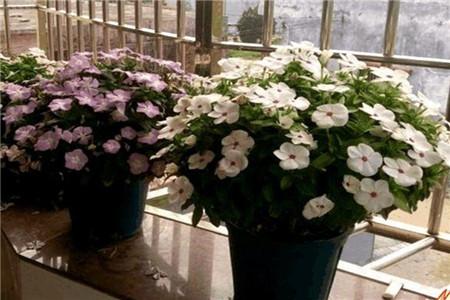
1
4
小欢喜:纯理论
成长记
Koala小熊
2018年10月05日

十個月又兩週
第11隻海豹長出來了
雖然每天看覺得長超慢
但是跟之前的照片相比之下,其實真的長大不少
神奇的是~當初買來葉孵的母葉居然還很翠綠飽滿的活著耶~
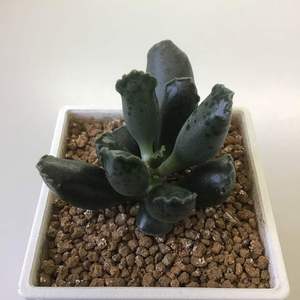
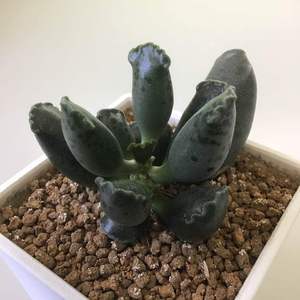
第11隻海豹長出來了
雖然每天看覺得長超慢
但是跟之前的照片相比之下,其實真的長大不少
神奇的是~當初買來葉孵的母葉居然還很翠綠飽滿的活著耶~


1
0
文章
Miss Chen
2018年09月08日

The plant commonly called vinca (Catharanthus roseus) grows as a short, upright bush, covered in small pink or magenta flowers. It grows as a perennial in U.S. Department of Agriculture plant hardiness zones 10 through 11 but can be treated as a summer annual elsewhere. Vinca's close cousins, greater periwinkle (Vinca major), which grows in USDA zones 7 through 9, and common periwinkle (Vinca minor), which grows in USDA zones 4 through 9, can become invasive, but vinca doesn't usually spread beyond its garden bed.
Care Basics

Vinca flowers best in full sun. Although it can tolerate partial shade, too much shade inhibits flowering and results in sparse foliage. Trailing varieties can spread more than 18 inches wide, creating a sprawling ground cover, but most have a bushy form. Vinca can readily self-seed, even in areas where it usually grows as an annual, so plant it in beds where you plan to continue growing it or remove the seedlings when you see them.
Watering Needs

Drought-tolerant vinca survives even with infrequent watering. Water the soil only during extended dry periods if the plants begin to wilt even at night, otherwise rainfall and water from nearby areas of the yard will provide enough water. Vinca leaves may curl and appear wilted during the day when it's hot and dry, but they don't need additional water if they still unfurl during the cooler nights. Applying a 2-inch layer of mulch over the bare soil surrounding the plants conserves soil moisture and further minimizes the need for watering. Pull mulch back so it doesn't rest against the base of the vinca plants.
Regular Maintenance
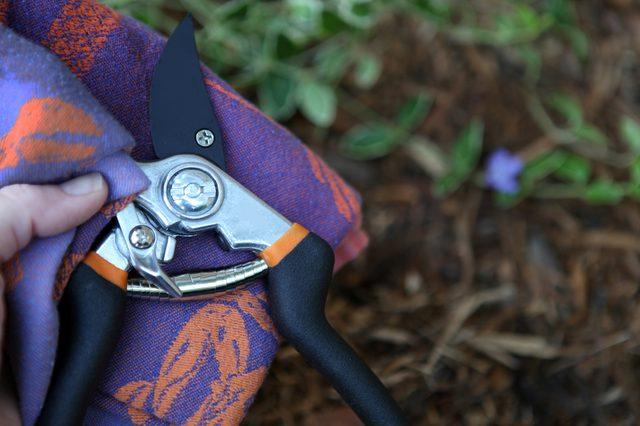
Once established, vinca doesn't require much care. If the plant looks sparse, cut back stems to encourage branching and new growth. Wipe the shears with a rubbing alcohol-soaked cloth before making a cut to disinfect them. Vinca also doesn't require deadheading, dropping its blooms naturally after the flower wilts. Light fertilization once a month during the spring and summer growing season helps keep the plants healthy. Water with an all-purpose soluble fertilizer. For example, 1 tablespoon of a 24-8-16 blend mixed with 1 gallon of water provides enough to feed 10 square feet of vinca plants.
Common Problems

Most vinca problems come from too much moisture or improper watering. Stem and root rot, fungal leaf spots and botrytis blight are most common in wet, overwatered beds or from wet foliage. Avoid overhead watering and keep water from splashing onto the leaves to prevent most diseases. Aphids may sometimes feed on the plant, but you can rinse them off with a blast of water from the garden hose. When rinsing off aphids, do so in the morning so the leaves dry before nightfall.
Care Basics

Vinca flowers best in full sun. Although it can tolerate partial shade, too much shade inhibits flowering and results in sparse foliage. Trailing varieties can spread more than 18 inches wide, creating a sprawling ground cover, but most have a bushy form. Vinca can readily self-seed, even in areas where it usually grows as an annual, so plant it in beds where you plan to continue growing it or remove the seedlings when you see them.
Watering Needs

Drought-tolerant vinca survives even with infrequent watering. Water the soil only during extended dry periods if the plants begin to wilt even at night, otherwise rainfall and water from nearby areas of the yard will provide enough water. Vinca leaves may curl and appear wilted during the day when it's hot and dry, but they don't need additional water if they still unfurl during the cooler nights. Applying a 2-inch layer of mulch over the bare soil surrounding the plants conserves soil moisture and further minimizes the need for watering. Pull mulch back so it doesn't rest against the base of the vinca plants.
Regular Maintenance

Once established, vinca doesn't require much care. If the plant looks sparse, cut back stems to encourage branching and new growth. Wipe the shears with a rubbing alcohol-soaked cloth before making a cut to disinfect them. Vinca also doesn't require deadheading, dropping its blooms naturally after the flower wilts. Light fertilization once a month during the spring and summer growing season helps keep the plants healthy. Water with an all-purpose soluble fertilizer. For example, 1 tablespoon of a 24-8-16 blend mixed with 1 gallon of water provides enough to feed 10 square feet of vinca plants.
Common Problems

Most vinca problems come from too much moisture or improper watering. Stem and root rot, fungal leaf spots and botrytis blight are most common in wet, overwatered beds or from wet foliage. Avoid overhead watering and keep water from splashing onto the leaves to prevent most diseases. Aphids may sometimes feed on the plant, but you can rinse them off with a blast of water from the garden hose. When rinsing off aphids, do so in the morning so the leaves dry before nightfall.
0
1



